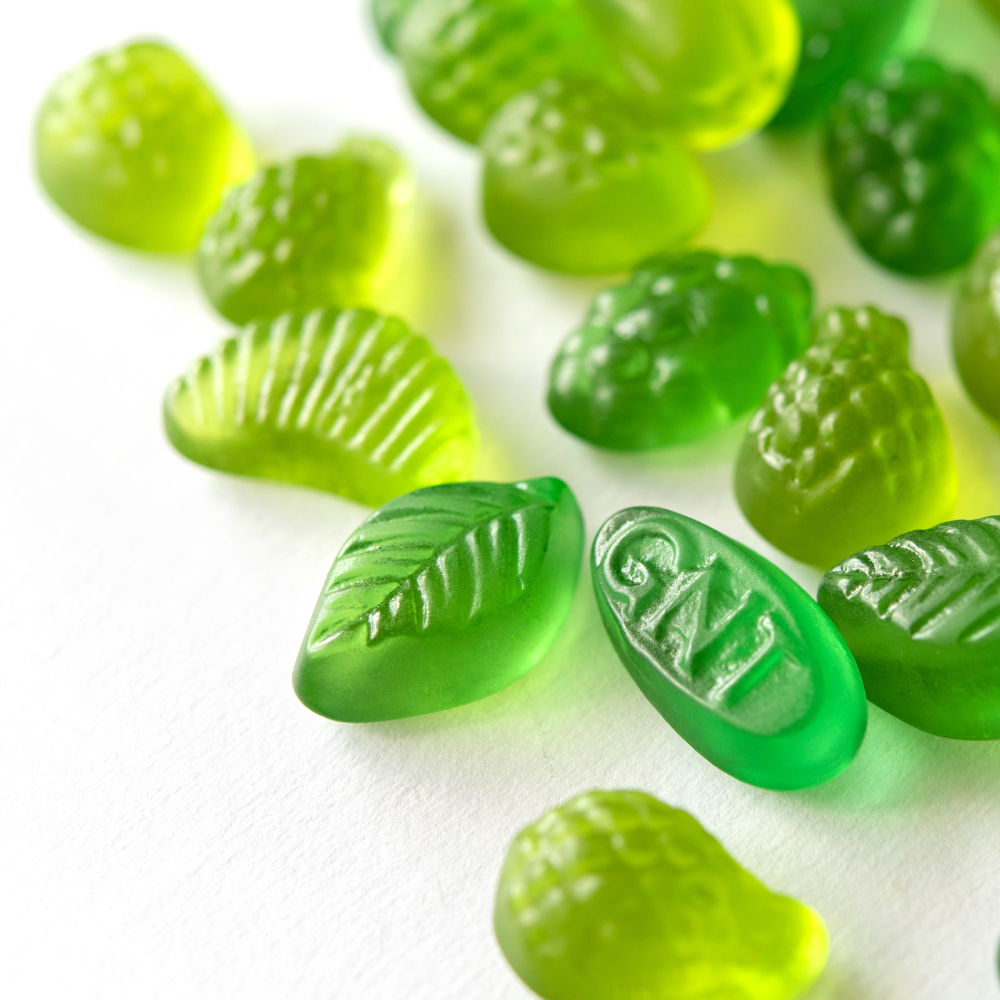APPLICATION SPOTLIGHT
When Order of addition is important

CONFECTIONS
- 05.11.22
One of the most common questions we get from our confectionery customers is whether EXBERRY® colors will stand up to the heat required during the confectionery manufacturing processes. Even though very high temperature processes combined with long hold times can be challenging for some colors, it is still absolutely possible to achieve brilliant, colorful confectionery applications. Regardless of whether you’re making gummies or hard-panning chocolate, our experienced Application Team will guide you through the process and provide the tips and tricks necessary to optimize the procedure and achieve success.
In this feature we will explore when Order-of-Addition is important to consider with regard to color. Color is typically one of the last ingredients to be added in the process, along with acid, flavor and/or other additives such as actives or functional ingredients. But does it matter whether one element goes in first or last?
The good news is that in most confectionery processes and color hues, it will not make a significant difference. However, there are two exceptions to explore!
Blue and green EXBERRY® colors contain the c-phycocyanin pigment from spirulina. Spirulina is a protein, which means that it is sensitive to both acid and temperature. As a result, it requires care in terms of how it is handled and when it is added in the confectionary process. Under too much temperature and acid stress, spirulina protein will agglomerate and appear as “speckles”. To avoid this undesired outcome, GNT’s recommendation is to add spirulina color first, before the acid. Secondly, and just as importantly, it’s critical to ensure that the color is thoroughly dispersed before acid, flavor, or other actives are added. Taking these steps safeguards the spirulina from having direct contact with the acid during this process. This is especially significant for high temperature confectionary processes such as pectin gummies, fruit snacks, and hard candies.


Many red, pink, and purple EXBERRY® colors are made from fruits and vegetables that are rich in anthocyanin pigments. If you have experience using EXBERRY® colors, you have heard us say countless times that anthocyanins are pH dependant. This means that color shifts (reversibly) depending upon the pH with color hues being more reddish and having more stability at lower pH and being more bluish with less stability at higher pH. When considering order-of-addition, the optimal way to add anthocyanin-based colors acid first, so that the color is added to an acidified base whether the acidification is coming from acid or other ingredients in the formula.
